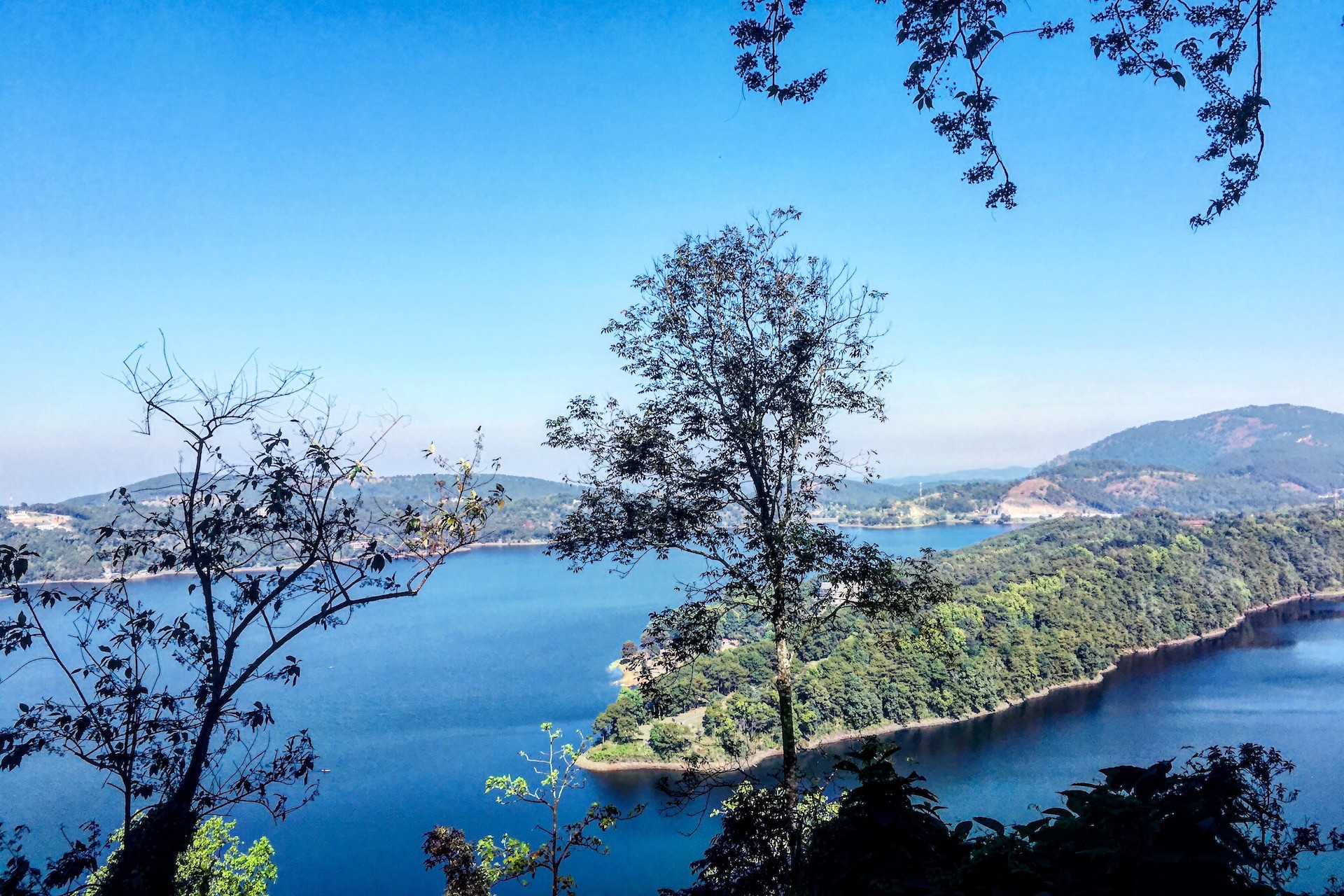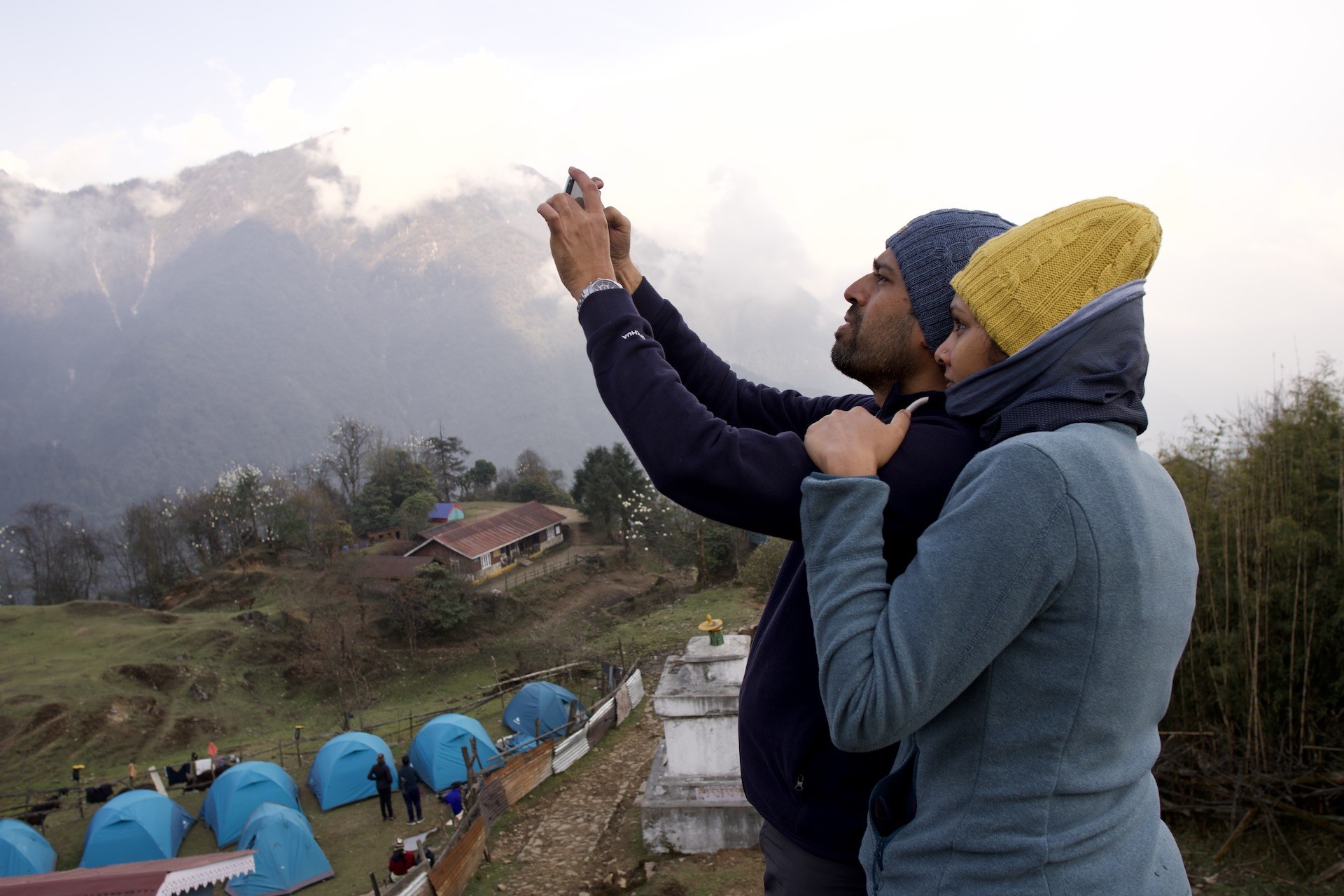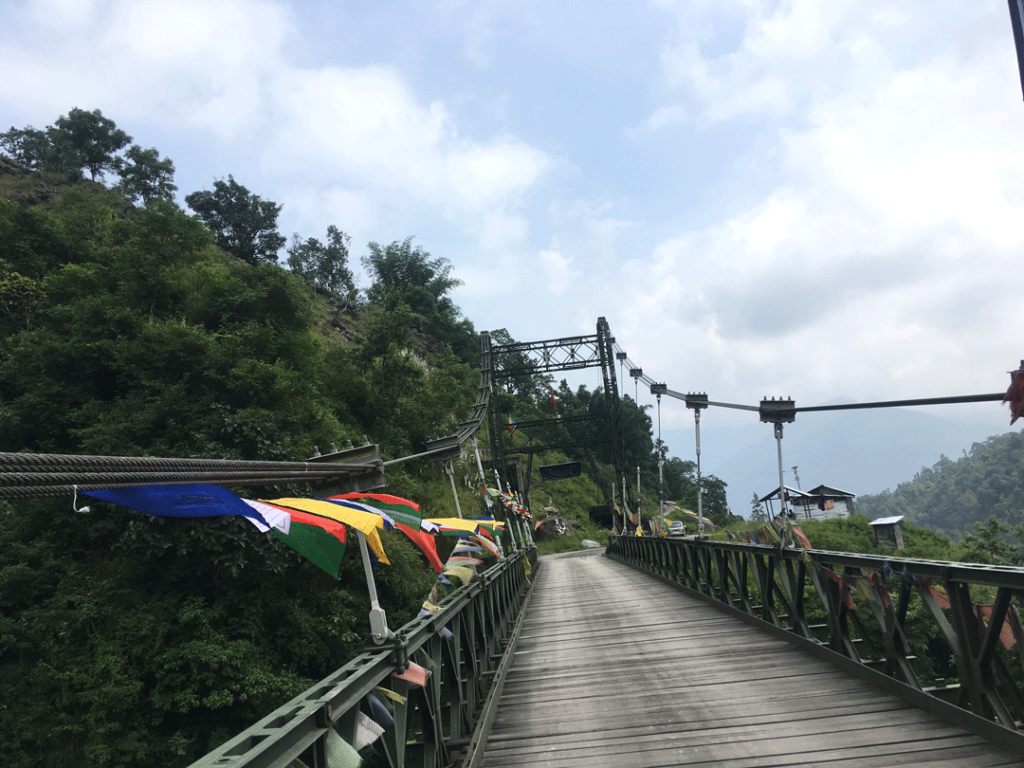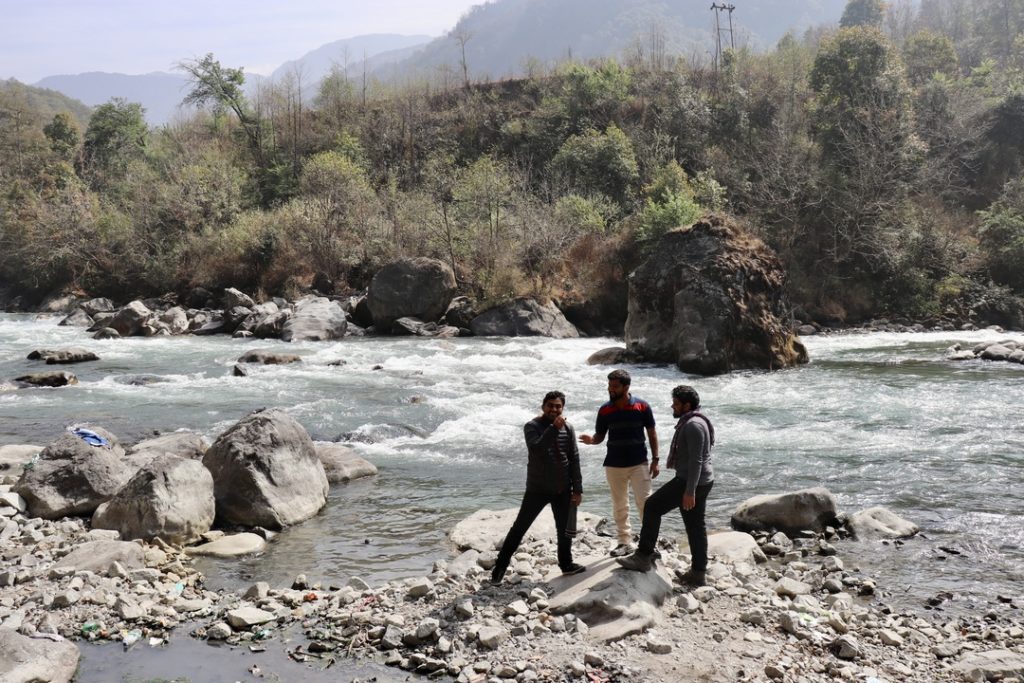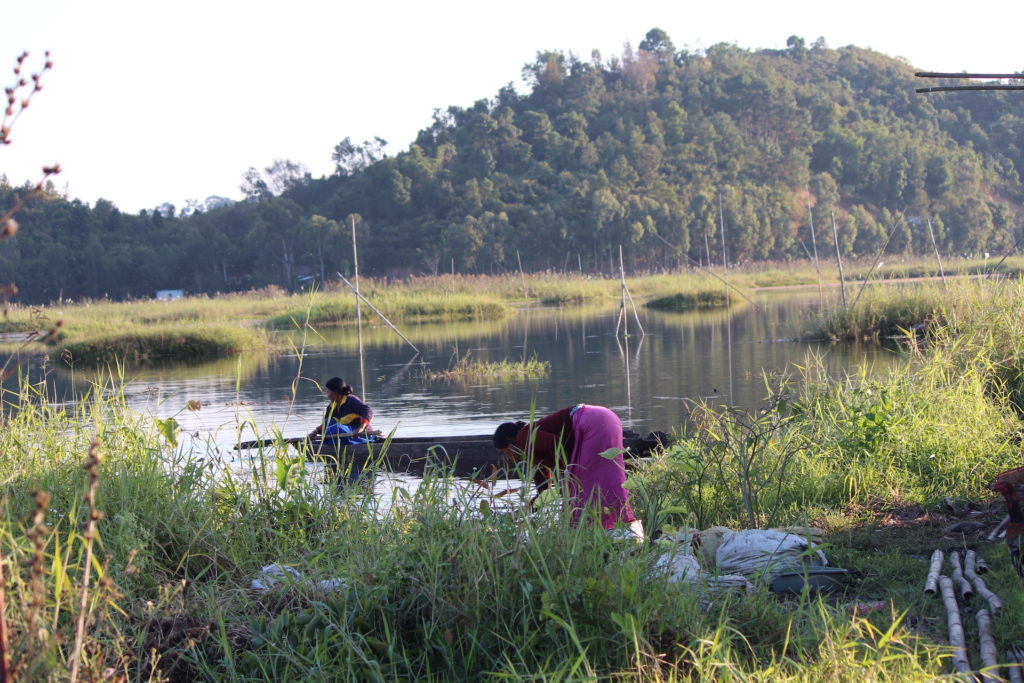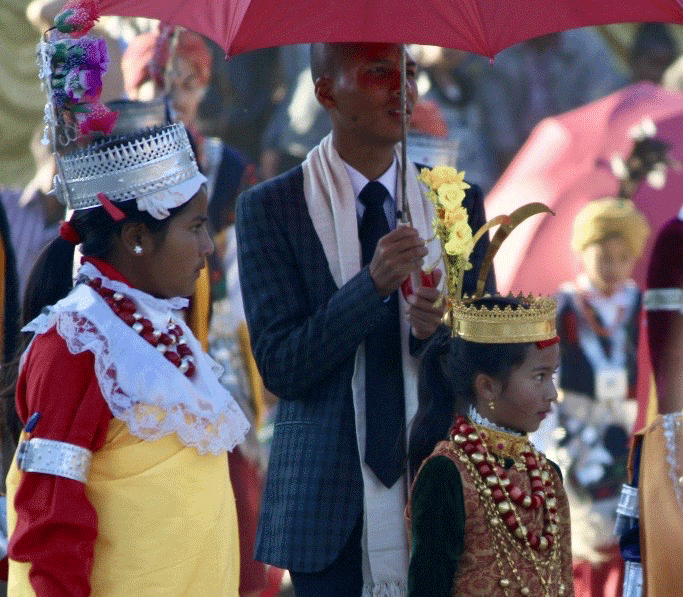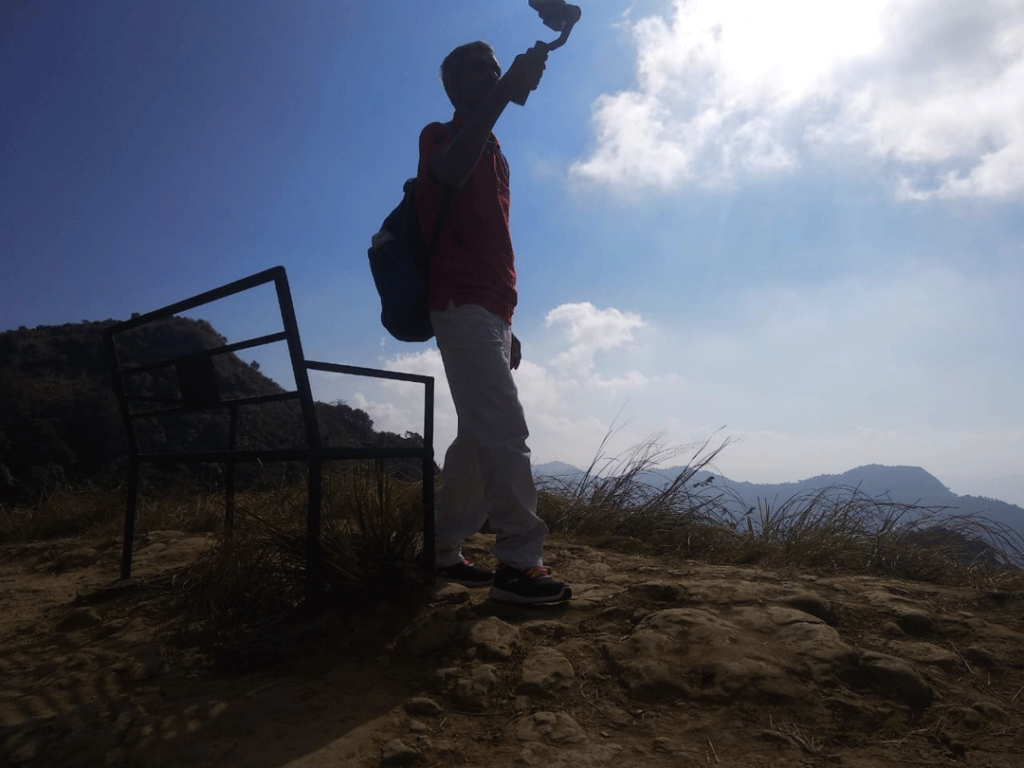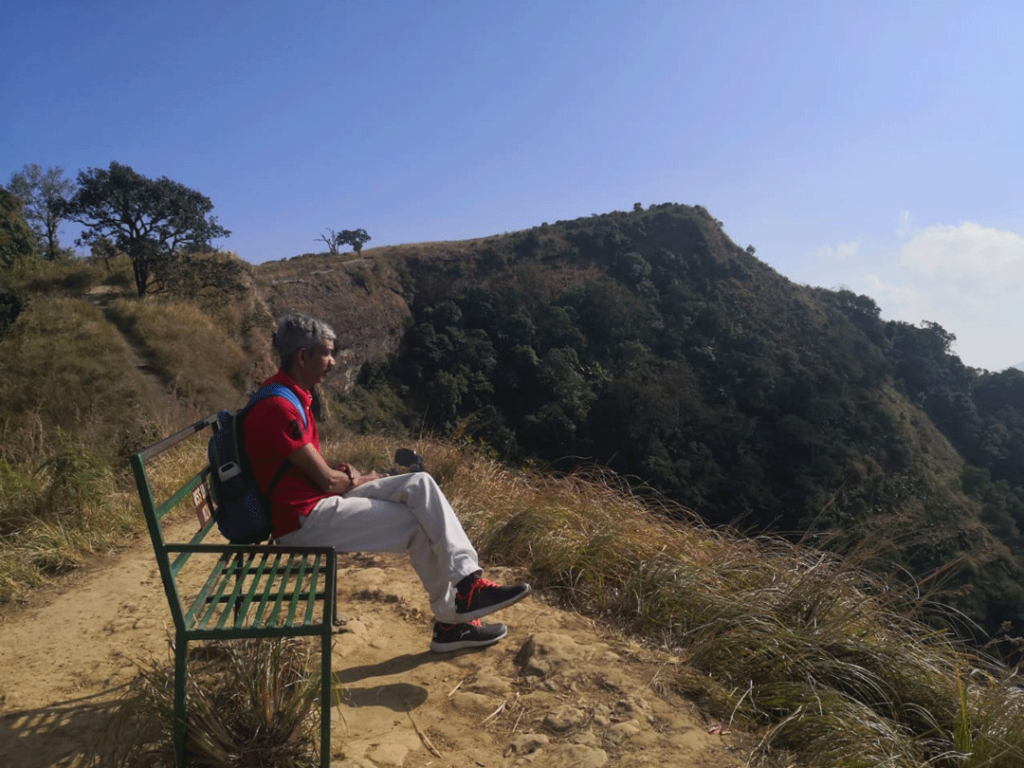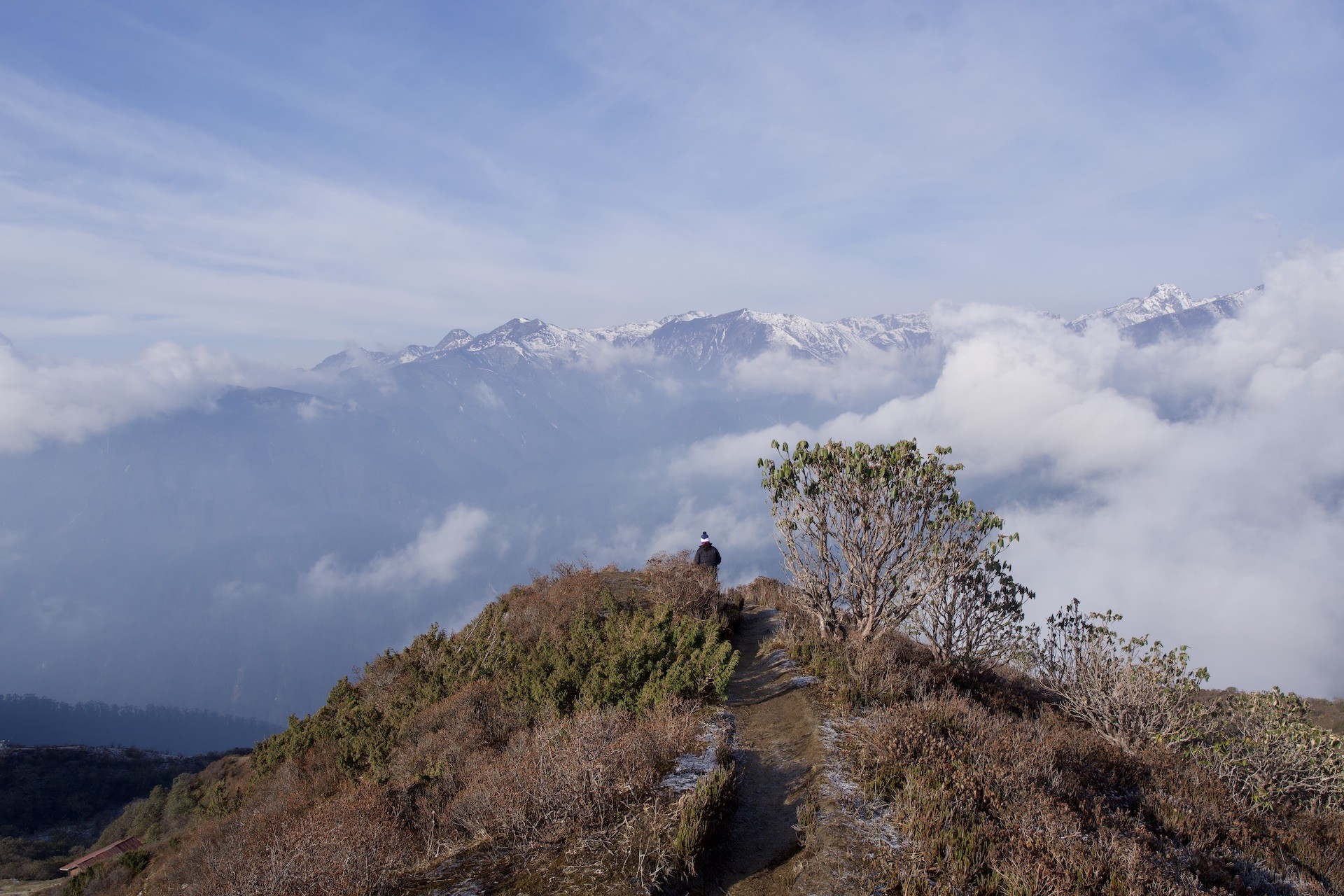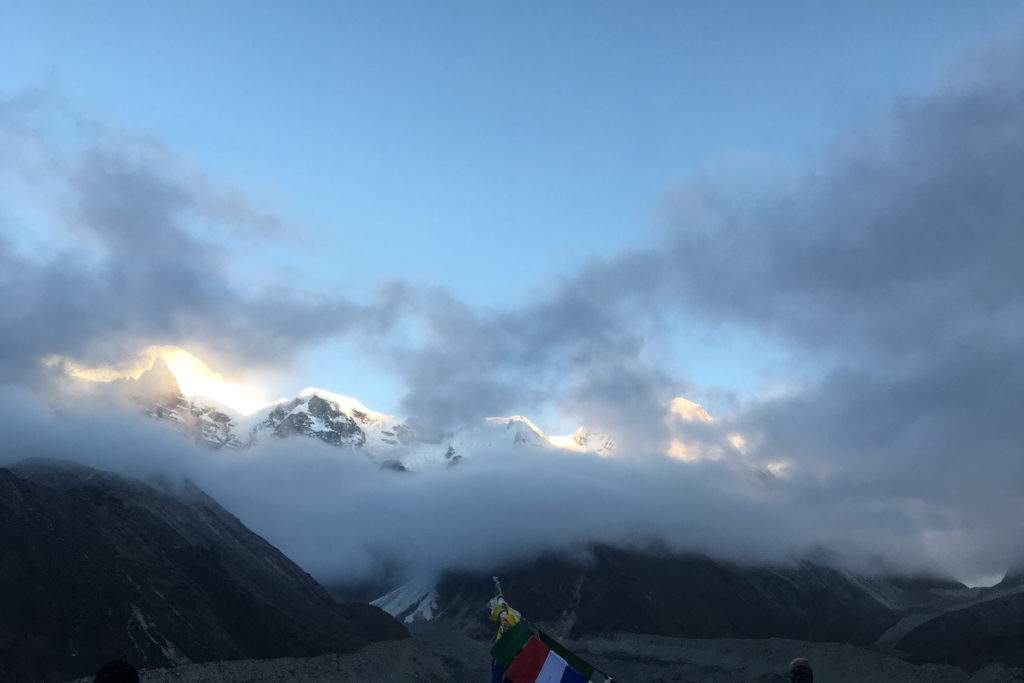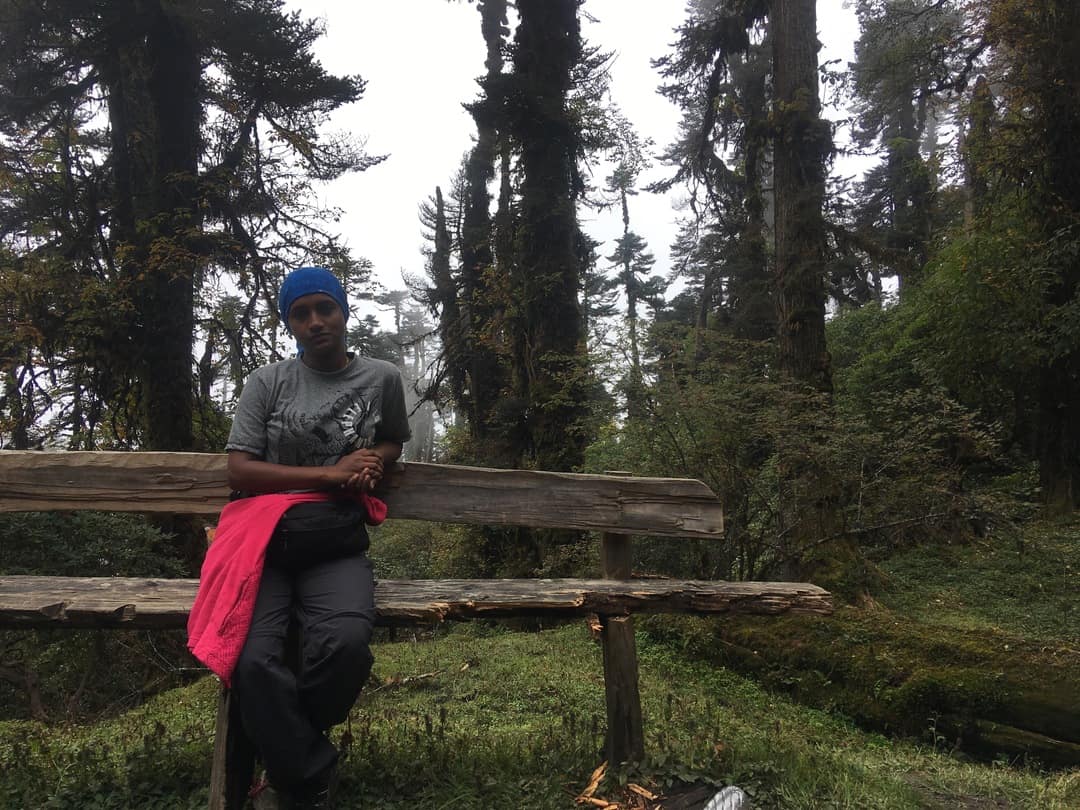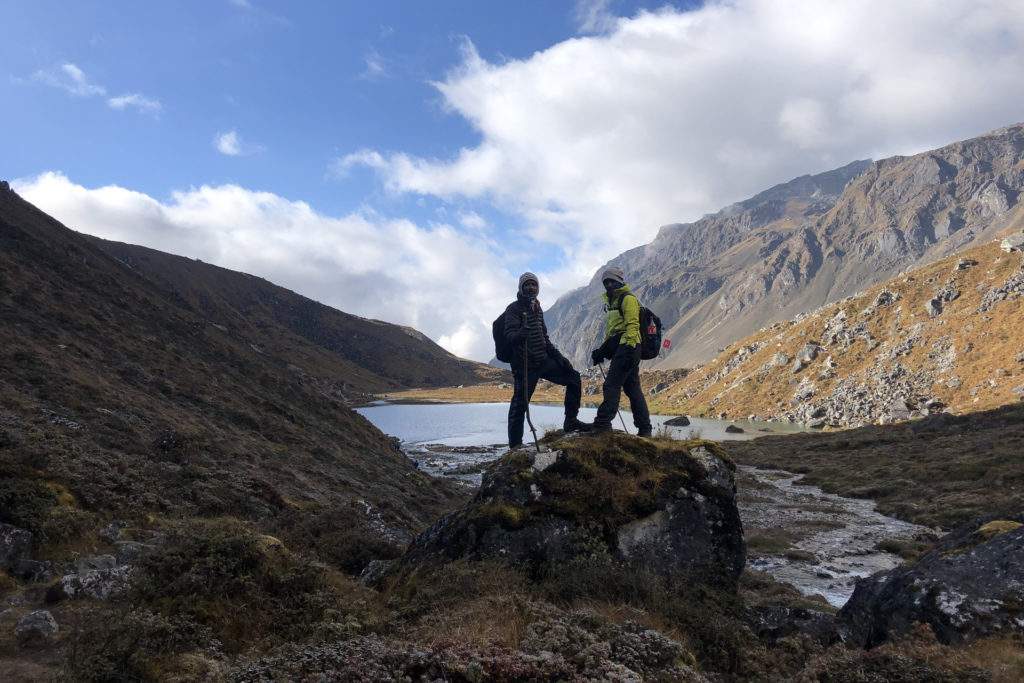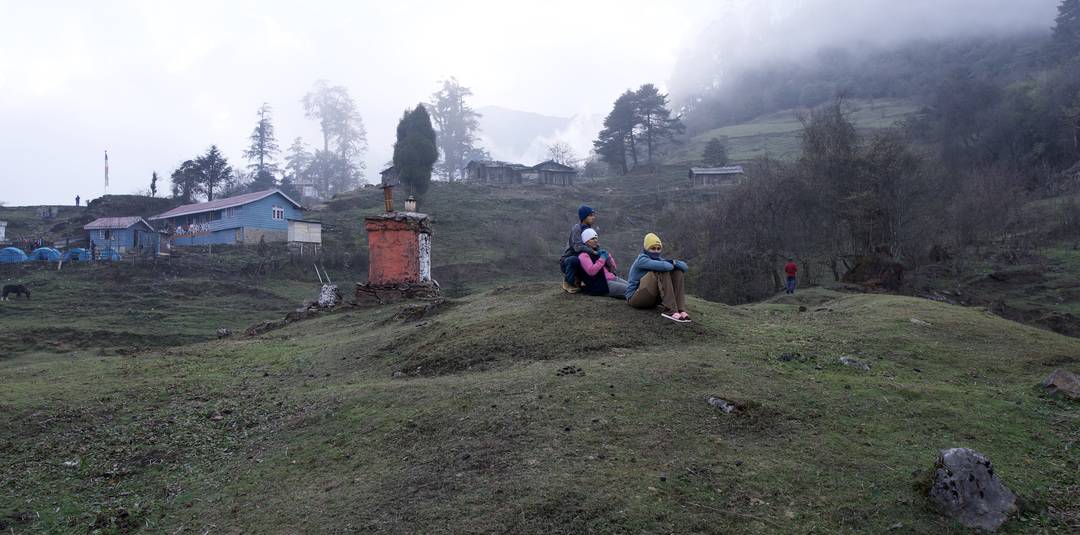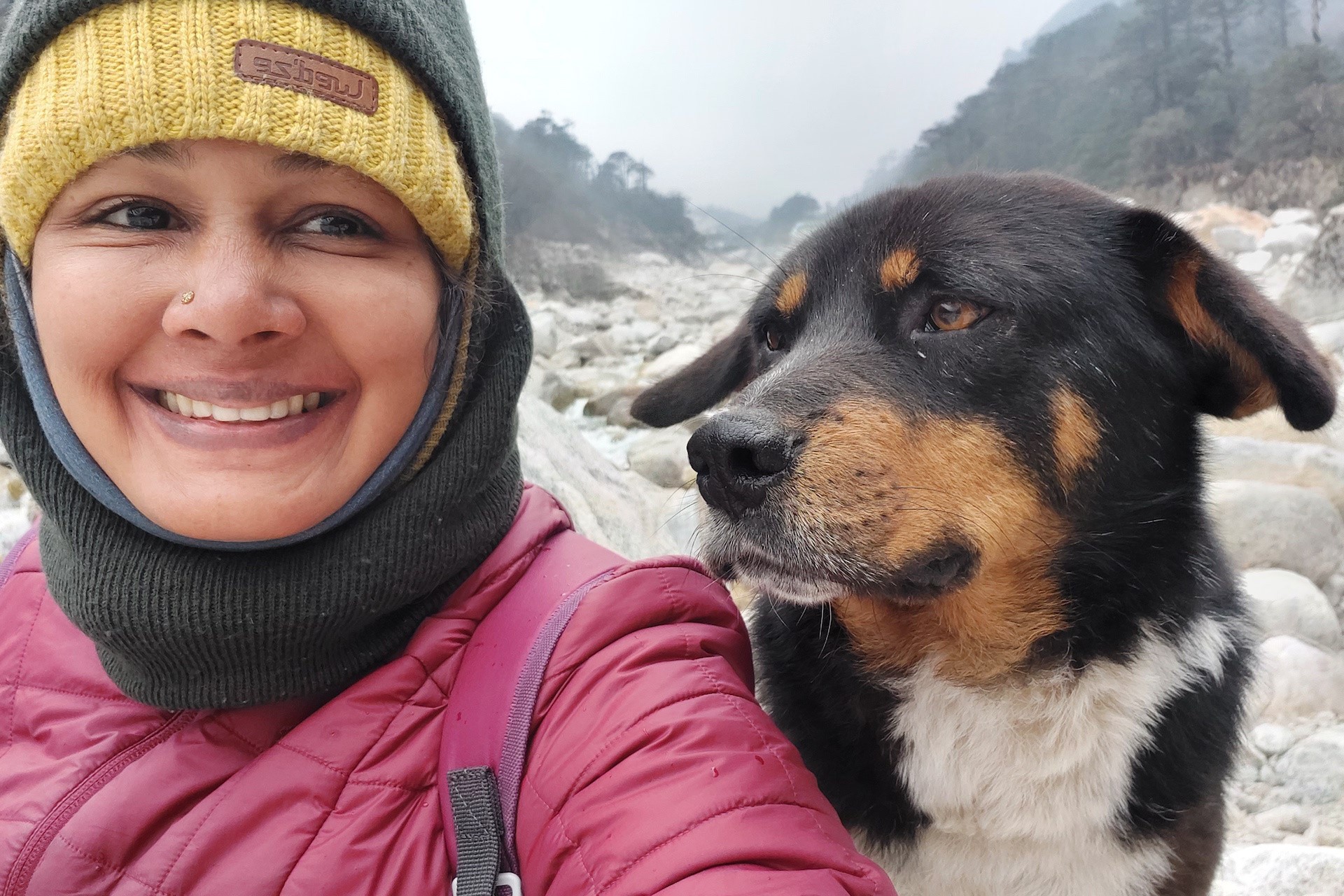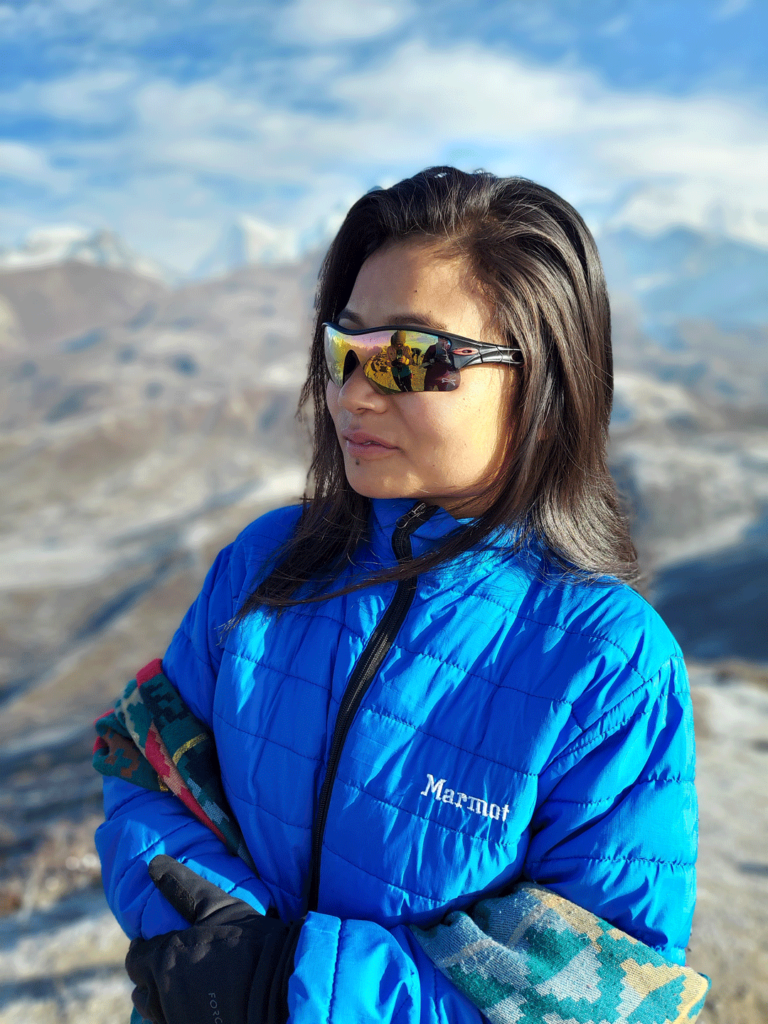If you are planning to tie the knot with your special someone, don’t forget the pre-wedding shoots.
Why Pre-wedding photoshoots above all?
Pre-wedding photoshoots are a terrific way to capture a moment in time leading up to the wedding. You and your spouse are at your most calm and natural during this moment. Secondly, You don’t have to worry about things like hair or makeup, or fitting into your dress.
When most couples think of their pre-wedding shots, they generally think of their close friend’s places and family spaces with some beautiful scenery that they can take back home as a reminder of their love for one another.
It is important to ensure that you have taken these memorable photographs before your wedding day arrives.
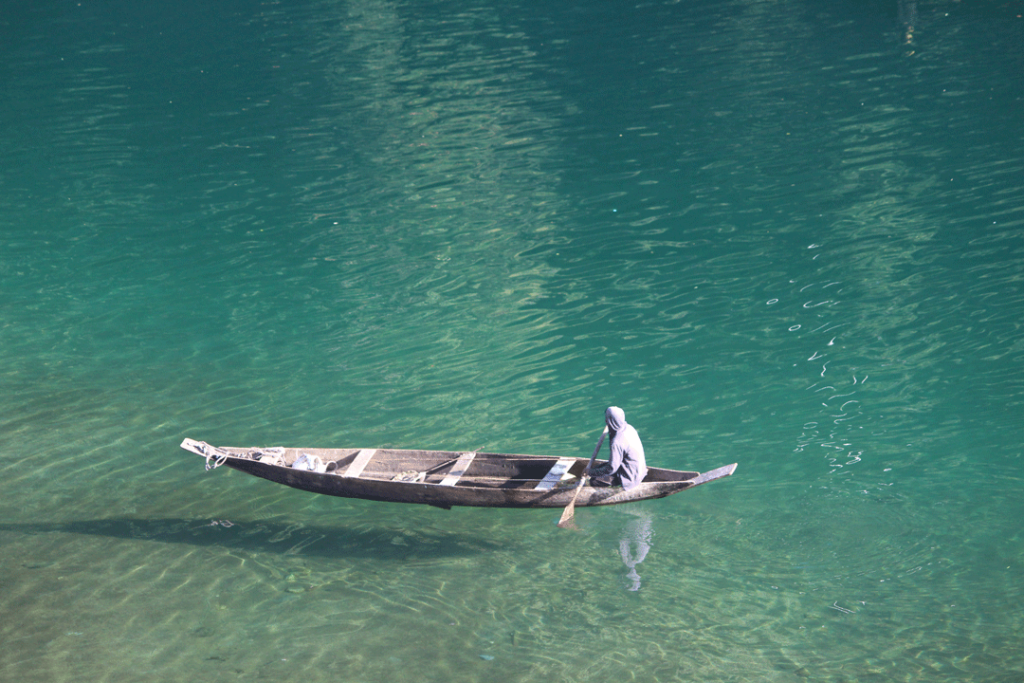
You will want to take time to have some fun and enjoy each other’s company without any distractions so why not find a scenic location which is breathtaking?
Where to go?
There are various factors that play an important role in deciding the perfect location for your pre-wedding shoots including the weather, accessibility, etc.
Planning for pre-wedding photos is an integral part of the wedding. It’s not only about the venue but also the location, clothes, and how you want to look. similarly, You can plan your trip to Meghalaya and get some breath-taking shoots that will enhance your wedding album.
Why Meghalaya for pre-wedding photoshoots?
The Meghalaya region offers some of the most beautiful landscapes and natural scenic beauty which makes for perfect pre-wedding photoshoots.
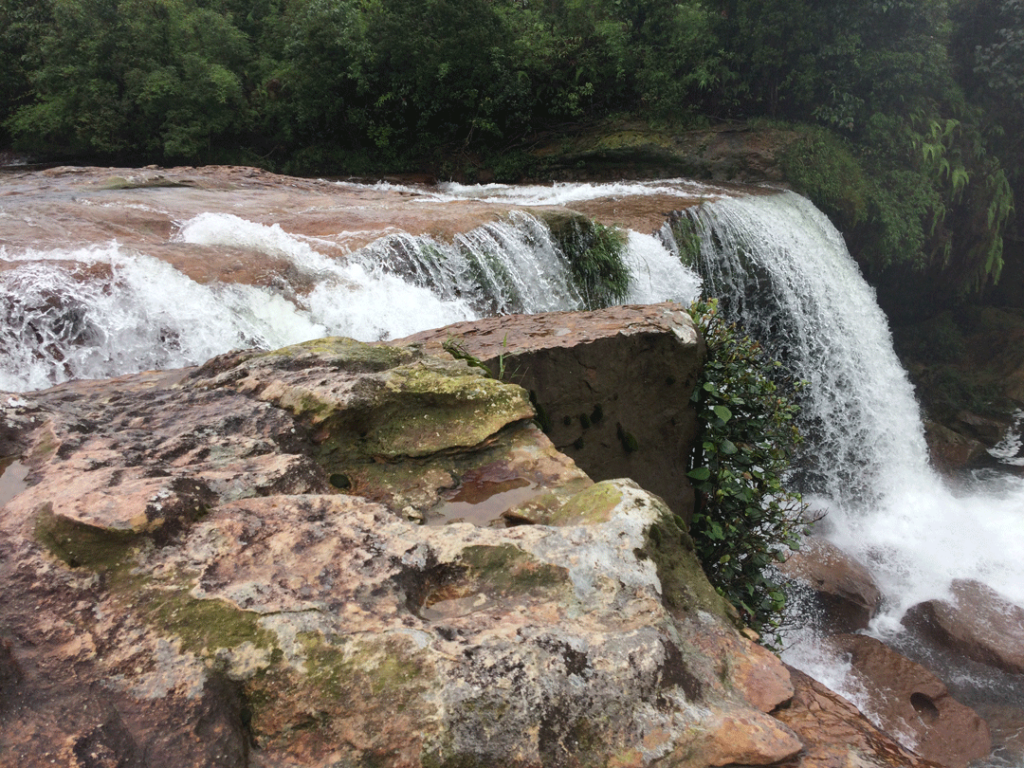
Destination weddings are becoming increasingly popular.
- The Laitlum Canyons are gorgeous landscapes that provide a safe setting for your photo sessions. The amphitheater of Meghalaya is the Laitlum Canyons. Above all, they are available in a variety of colours.
Here are some unique things on offer in Meghalaya, apart from the above:
- Right from earthy browns and verdant greens to blushing reds at dawn and twilight. After that, they stretches as far as the eye can see.
- Shillong. A town with a lot of different feelings. Shillong has a lot of different sensations. It is a region of natural beauty, with lush green hills and kind people. This former British colony, located just north of Bangladesh, is home to a number of charming villages that are ideal for day visits.
- The beautiful waterfalls of Meghalaya are a great place to spend time with friends while taking fantastic images.
- Mawlynnong, Meghalaya’s Cleanest Village – Mawlynnong is a village in Meghalaya, India, that has become known as Asia’s Cleanest Village. To avoid littering, the villagers frequently roam around barefoot.
The location of a destination wedding brings a different perspective to the couple’s love story. It will create everlasting memories. for a lifetime.
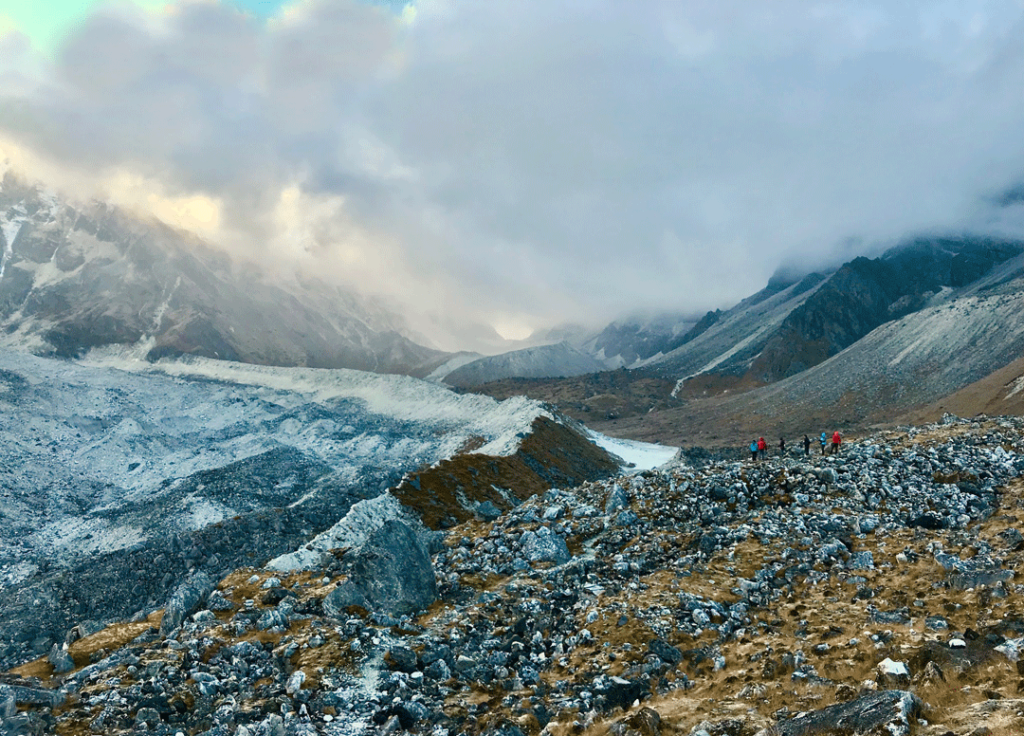
It is not just about what kind of dress or jewelry you wear. The setting will also have an impact on your look. For pre-wedding photoshoots, it is all about creating a romantic atmosphere. And inviting your family, friends, and photographer to witness the momentous occasion of your engagement.
With the help of destination wedding planners, couples can find the perfect location to tie the knot. Also enjoy a wide variety of activities such as hiking, biking, sailing, fishing, and more.
Meghalaya is ideal for couples as they seek to explore and experience something new.
India offers a lot of picturesque places. Which can be used as destination spots for pre-wedding photoshoots. The pre-wedding shoot is an opportunity for the couple to meet with the photographers. Similarly, Take time in making arrangements for the actual wedding.
Any other suggestions for Pre-wedding photoshoots?
The most famous of all destination wedding spots used to be Shimla. No wonder, this has been the favorite spot of James Bond’s honeymooners. Now Meghalaya is the next wedding destination. However, The reason is its evergreen beauty and experiences of four different seasons in a year. Another famous destination wedding spot is Sikkim. Here you will find lush green forests, snow-covered peaks, emerald green lakes, and beautiful waterfalls nearby.
Destination weddings are high in trend these days. They are not just for pre-wedding shoots. All in all, Marriages at an exotic location can likewise being coordinated for a bigger scope.
These destinations offer scenic views, the perfect weather, the right kind of food. Most importantly, there is a variety of leisure activities available too.
Final thoughts…
Destination weddings are becoming more and more popular among Indian couples. they give people a chance to spend quality time with the guests. Enjoy your wedding and plan for your honeymoon in a different environment.
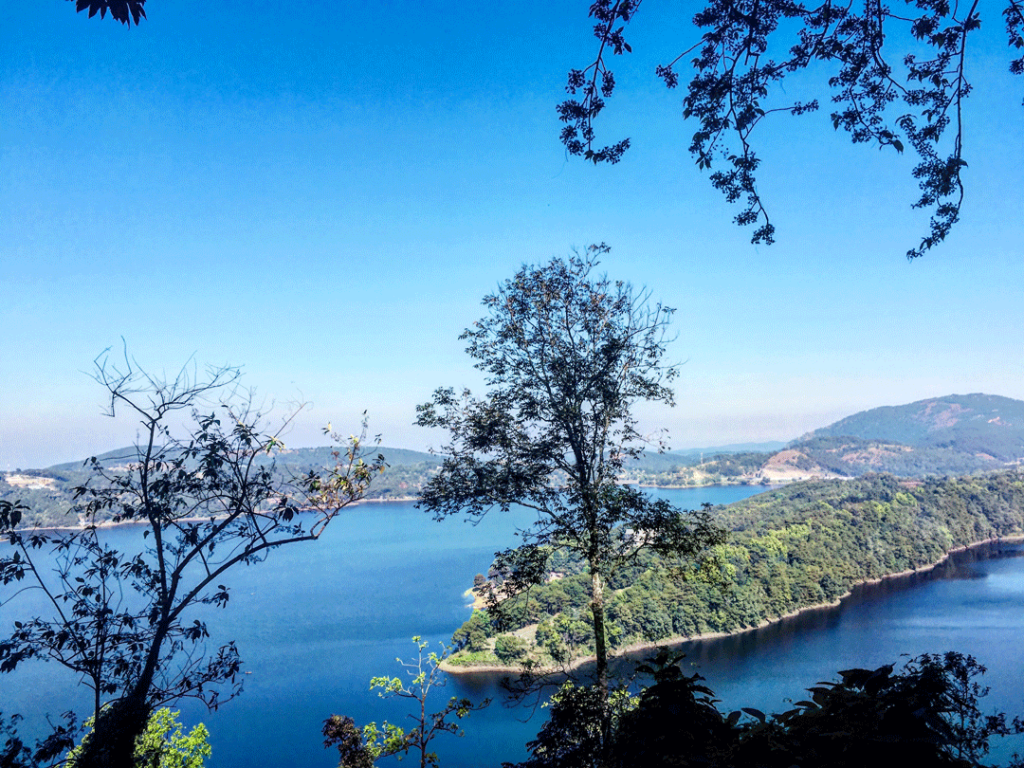
To find the perfect venue for your destination wedding. Do need to consider which type of location is best for you and your partner, what kind of budget you have, and how many people will be attending the event.
Moreover, if you’re planning a wedding in Meghalaya, it is a perfect destination for pre-wedding photoshoots.
You can take your wedding memories and turn them into a beautiful album.
Head to Laitlum Canyons, the living root bridges, Asia’s cleanest village, and Shillong. In conclusion, Meghalaya’s most awesome landscape can also be captured.

